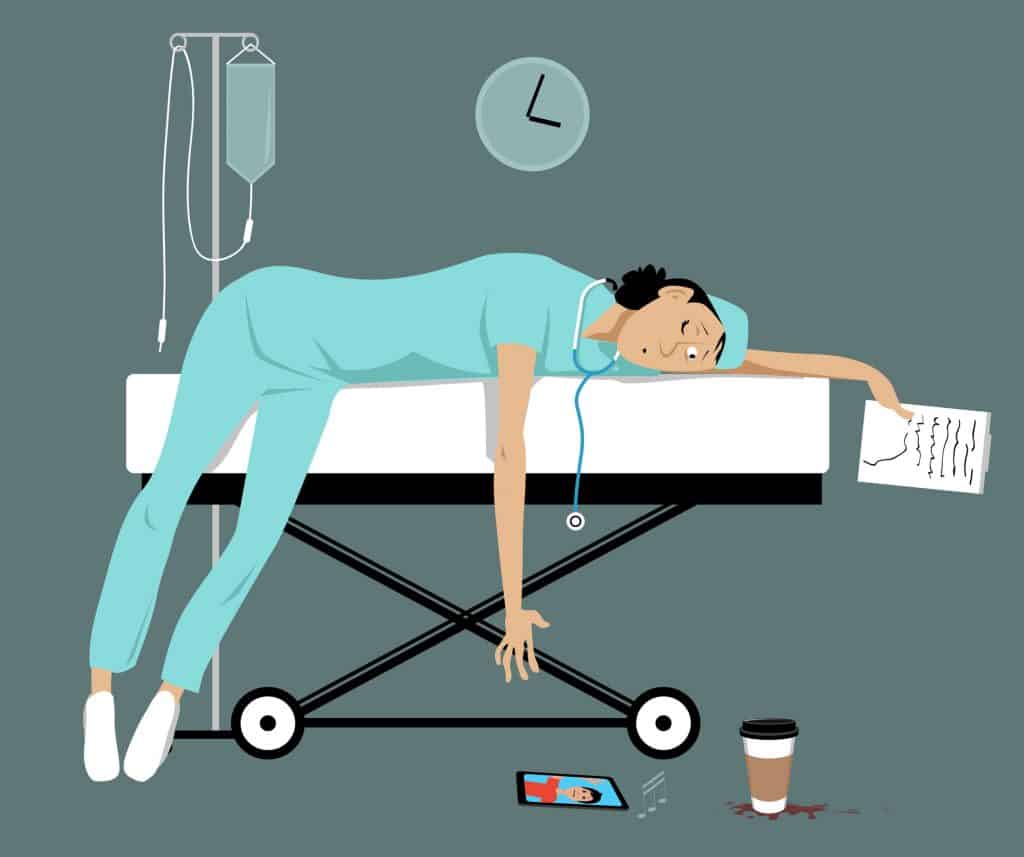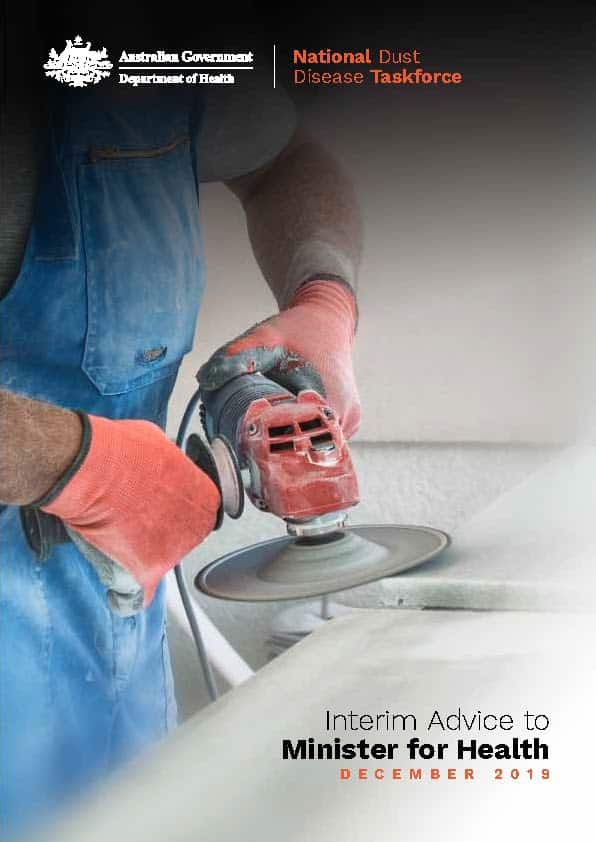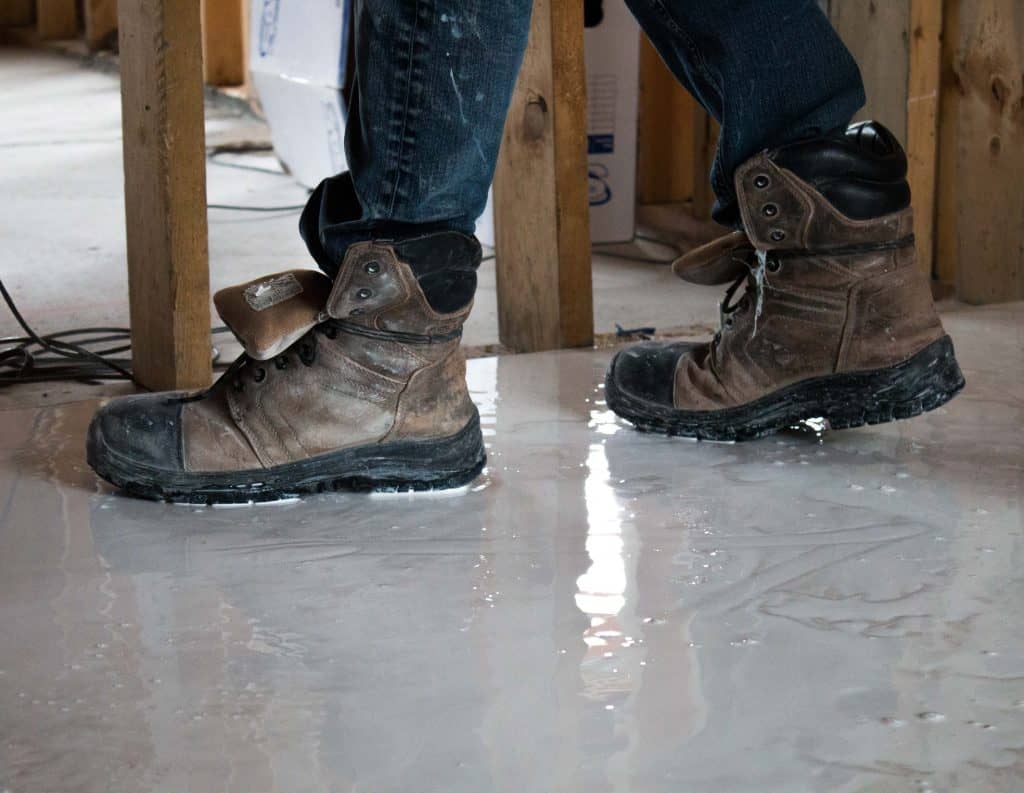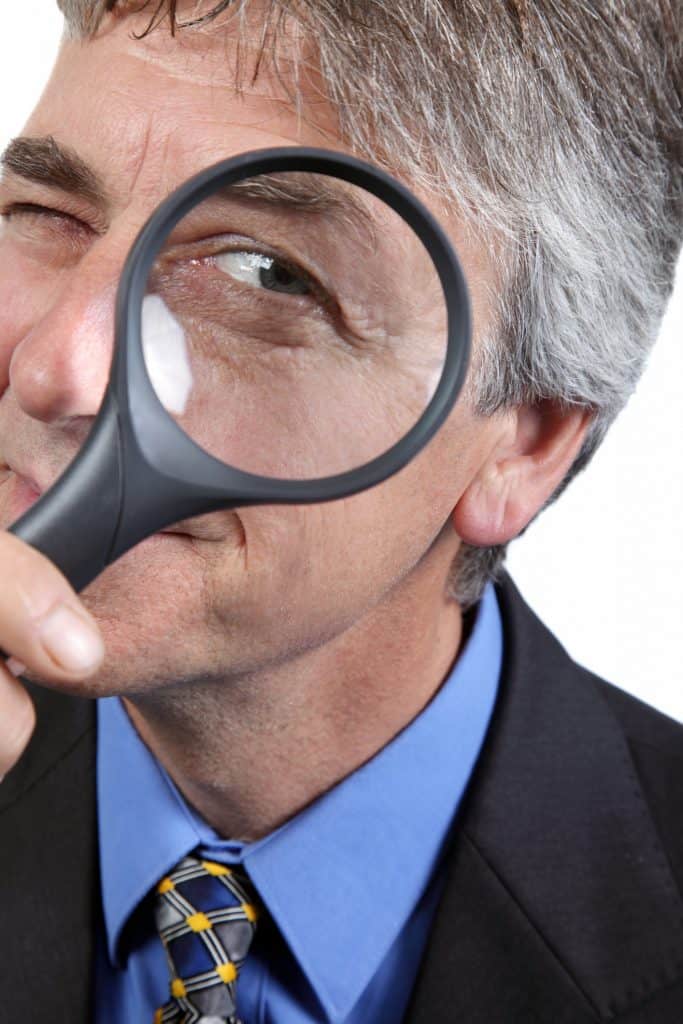
Ballarat Trades Hall is looking for an artist to design and produce a memorial to Jack Brownlee and Charlie Howkins who died as a result of a trench collapse in Delacombe, Victoria in 2018. Any memorial requires careful consideration and broad consultation with all the relevant stakeholders.






